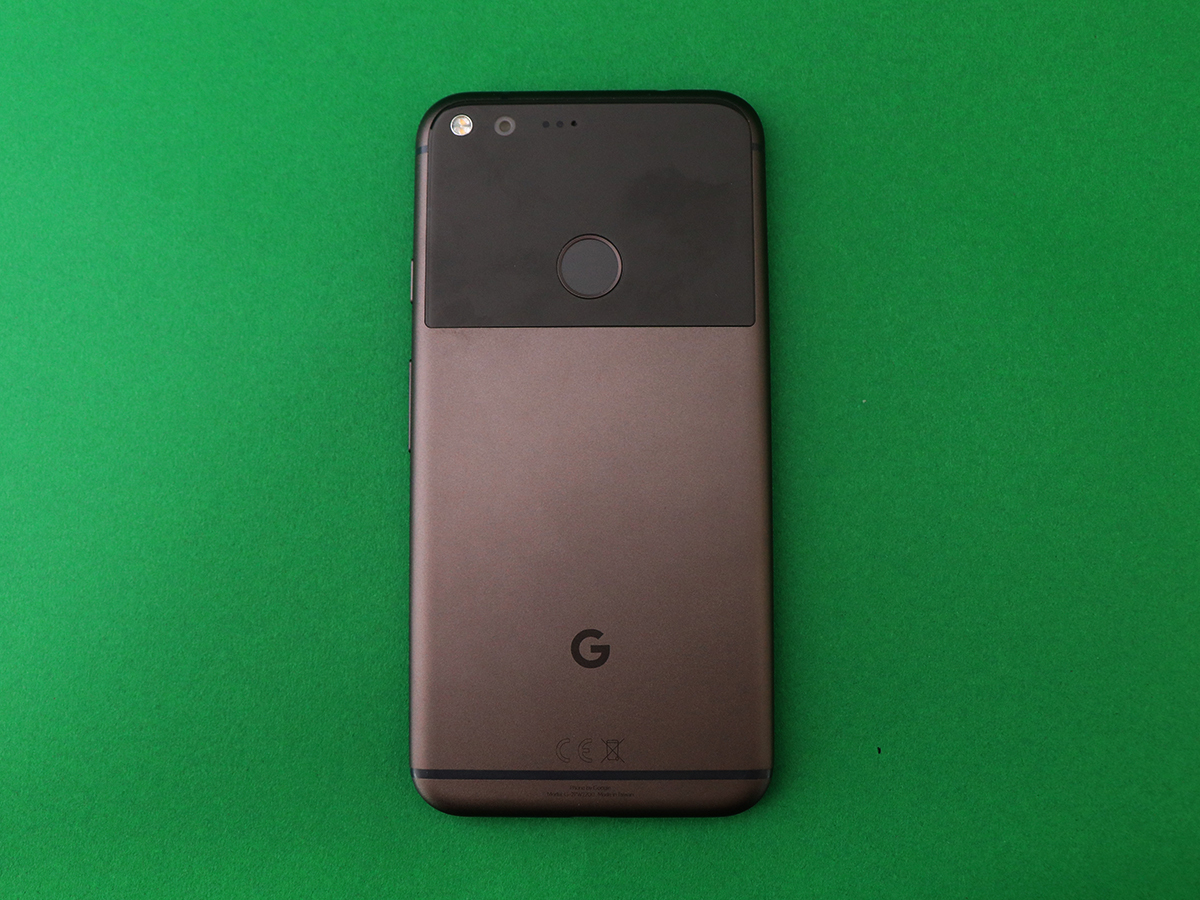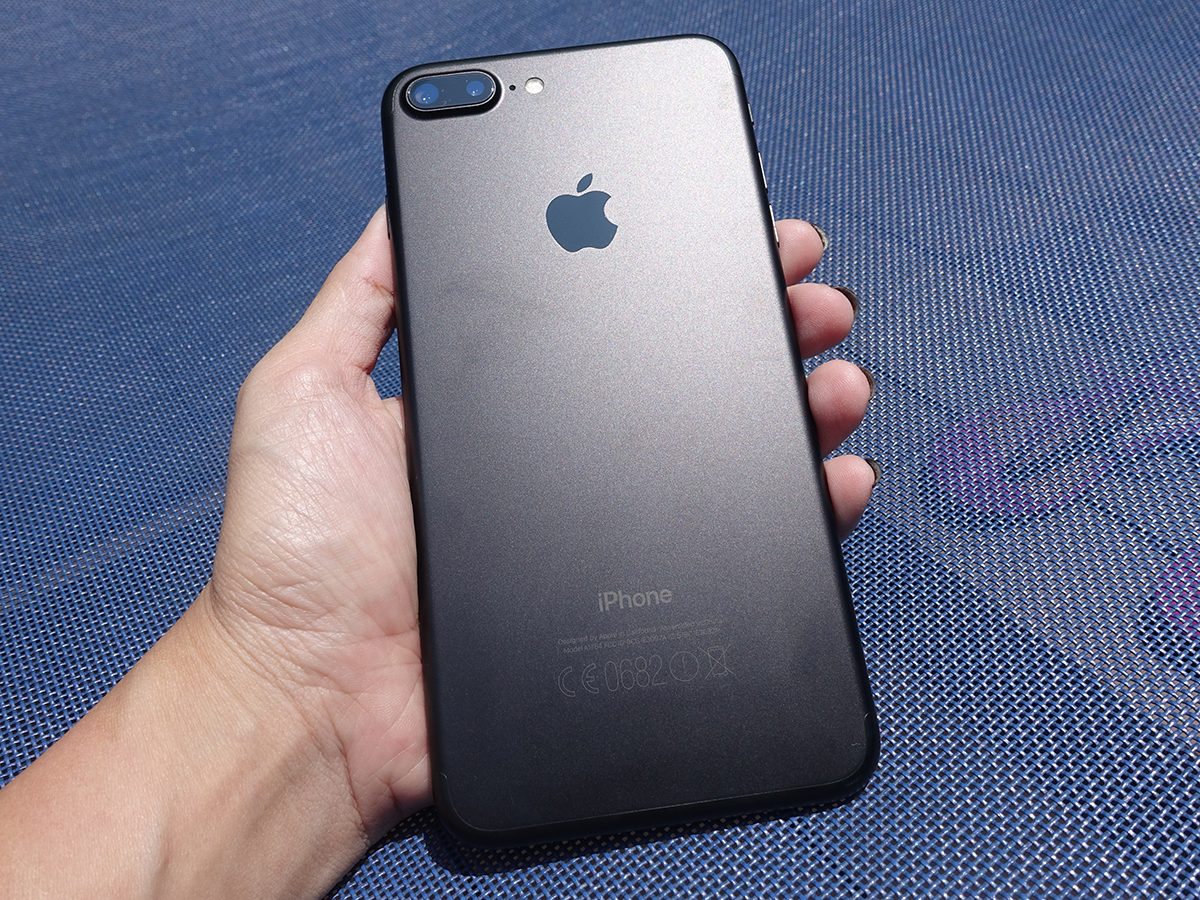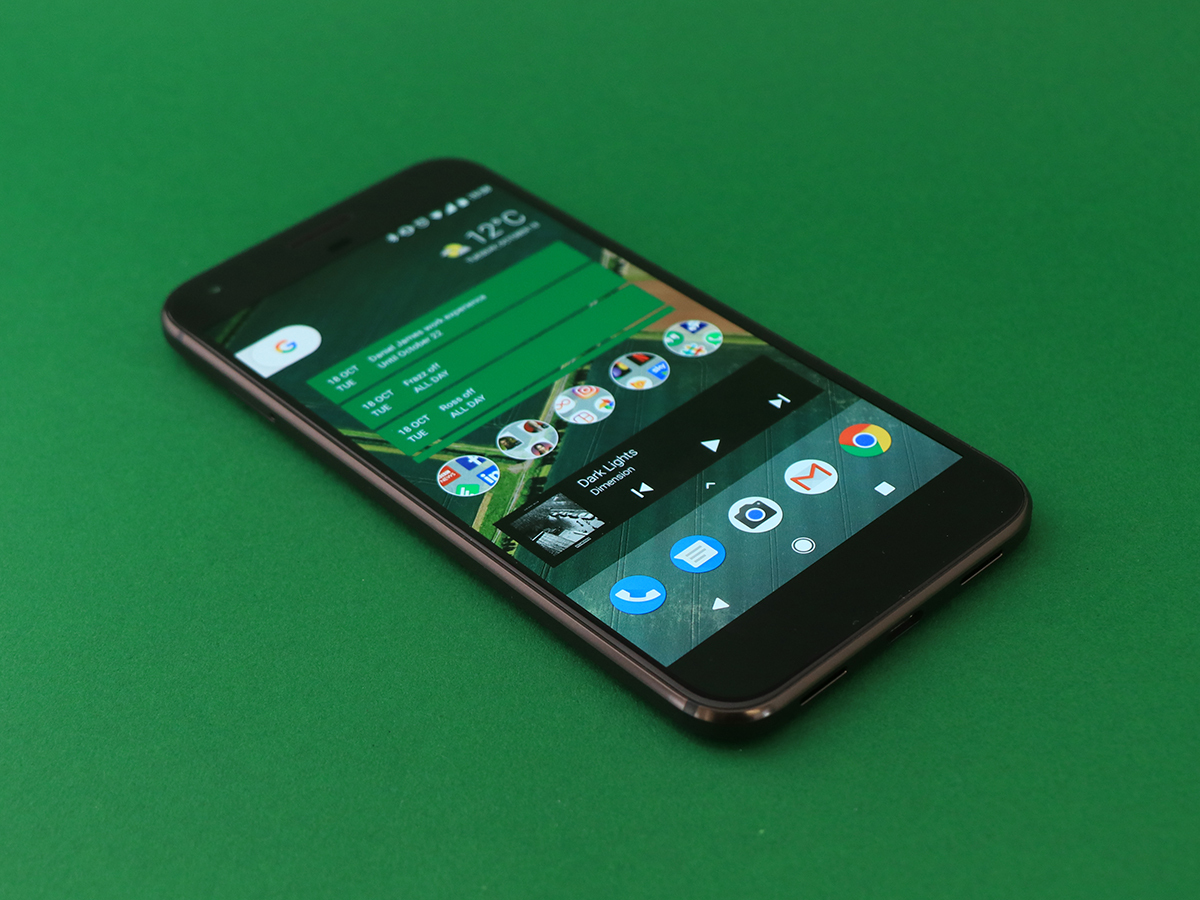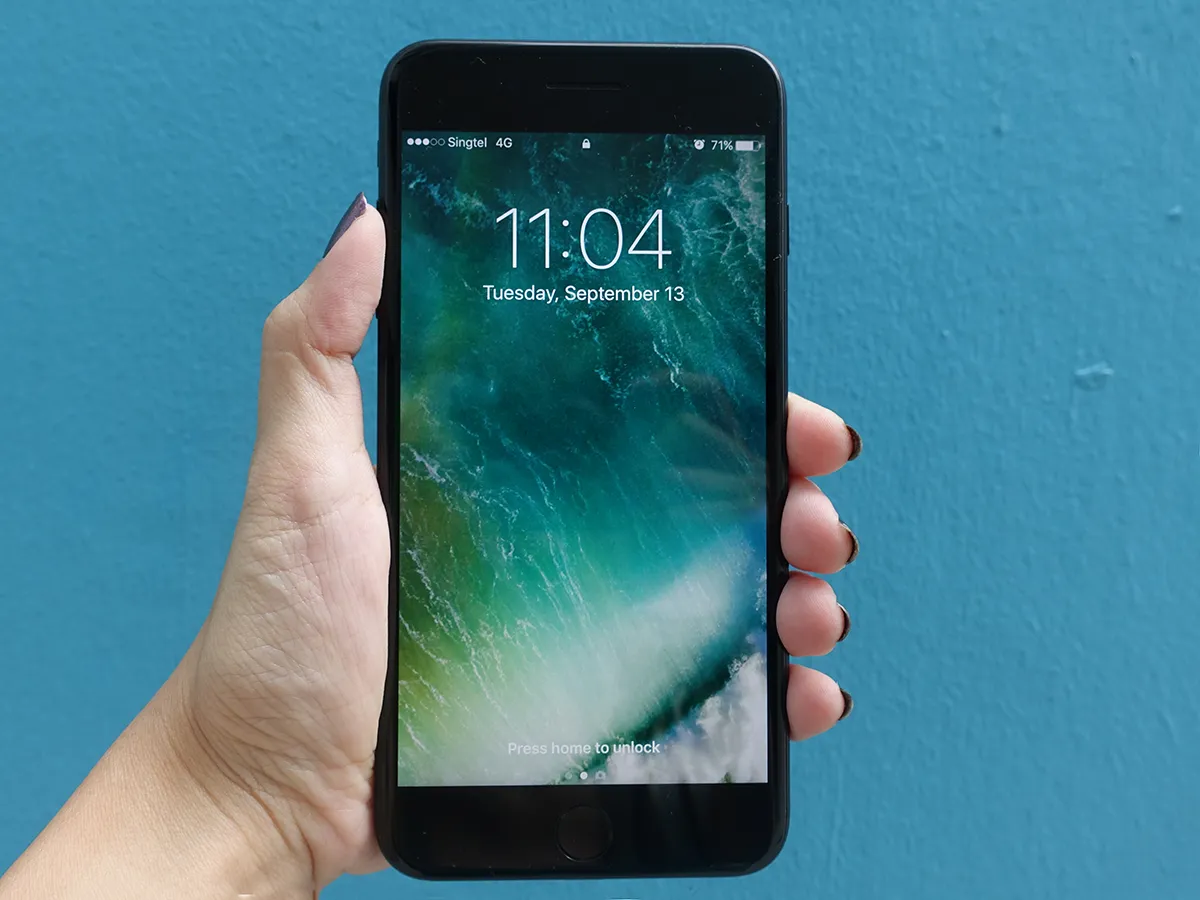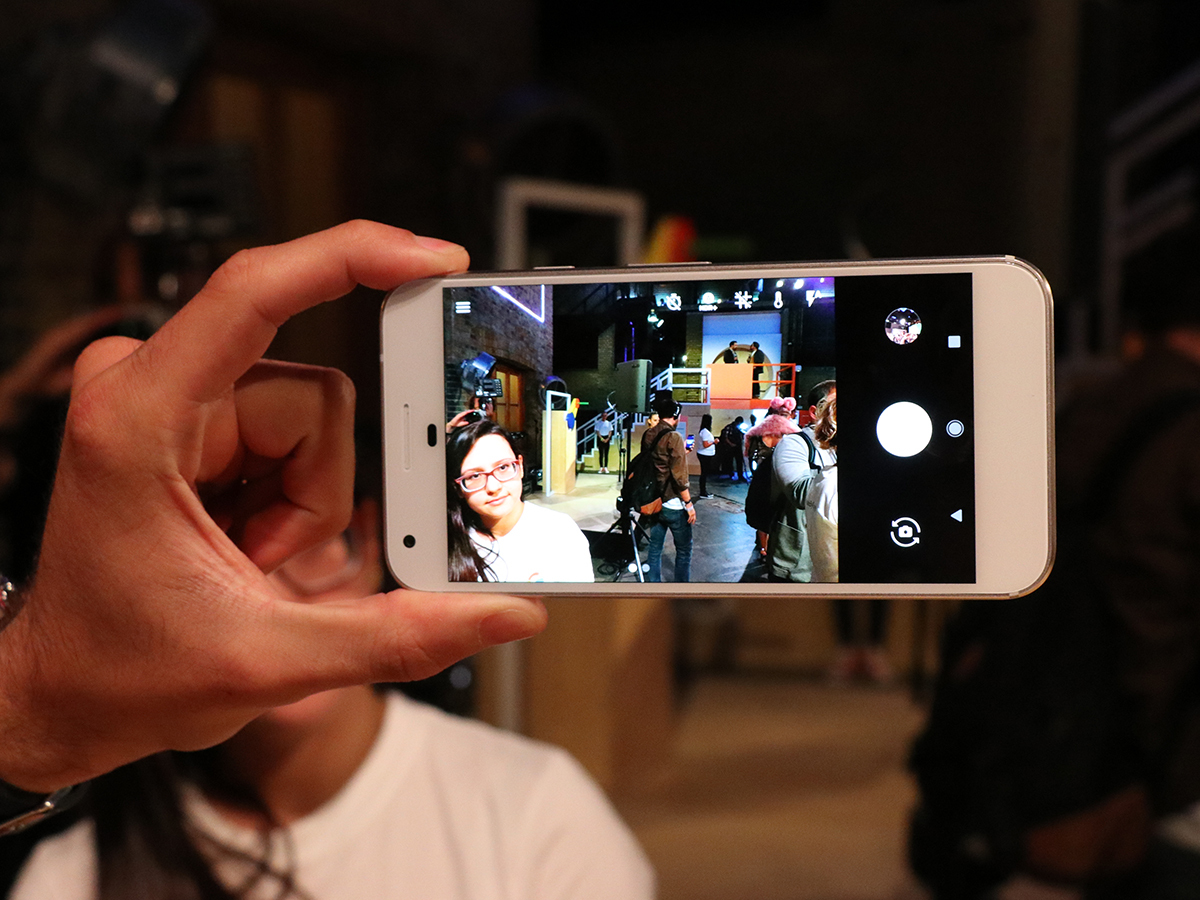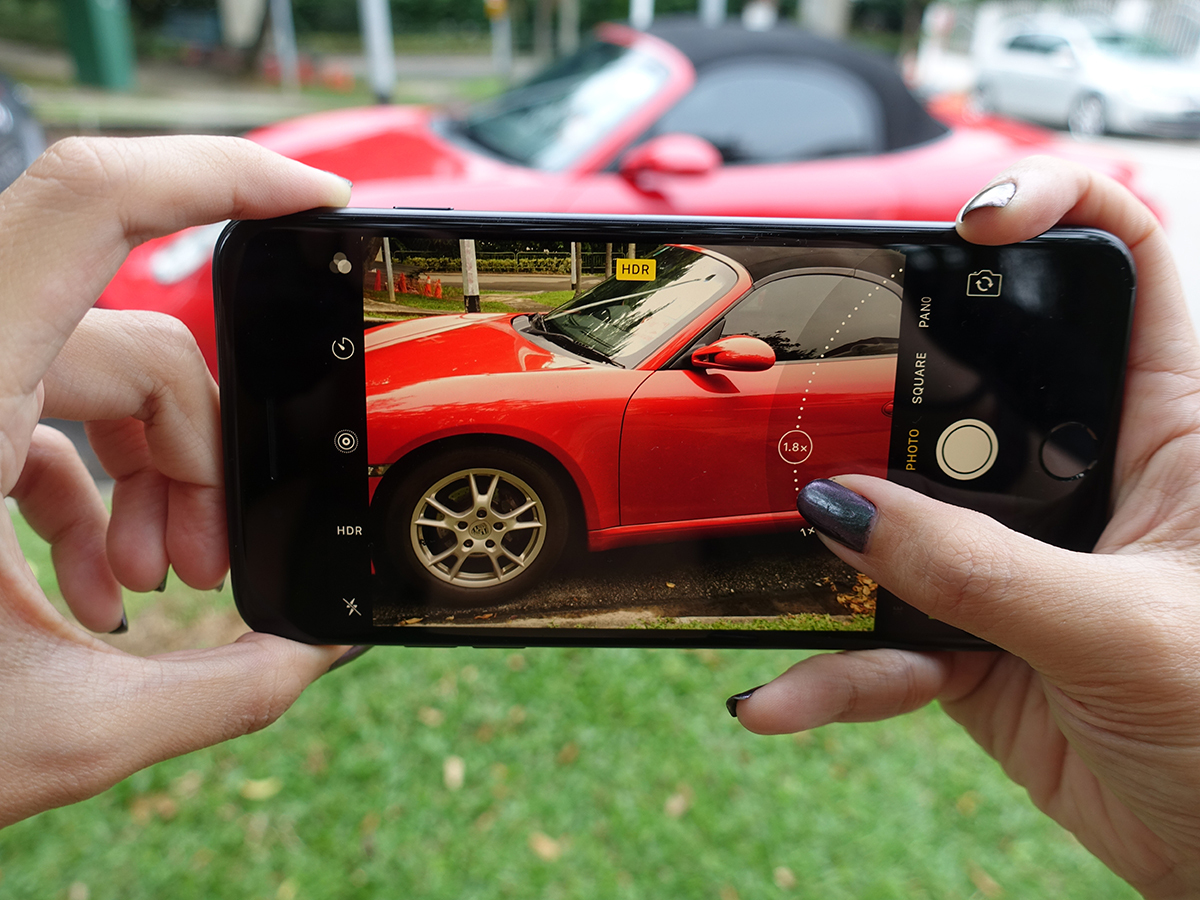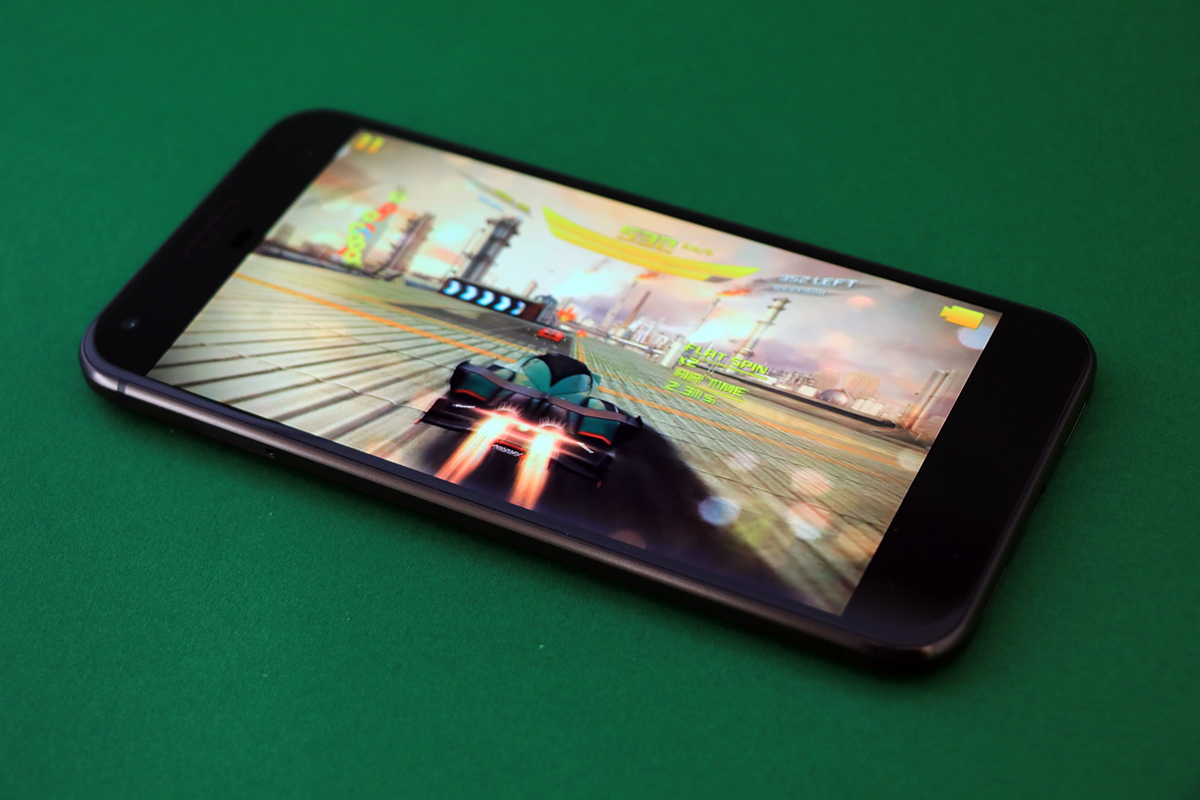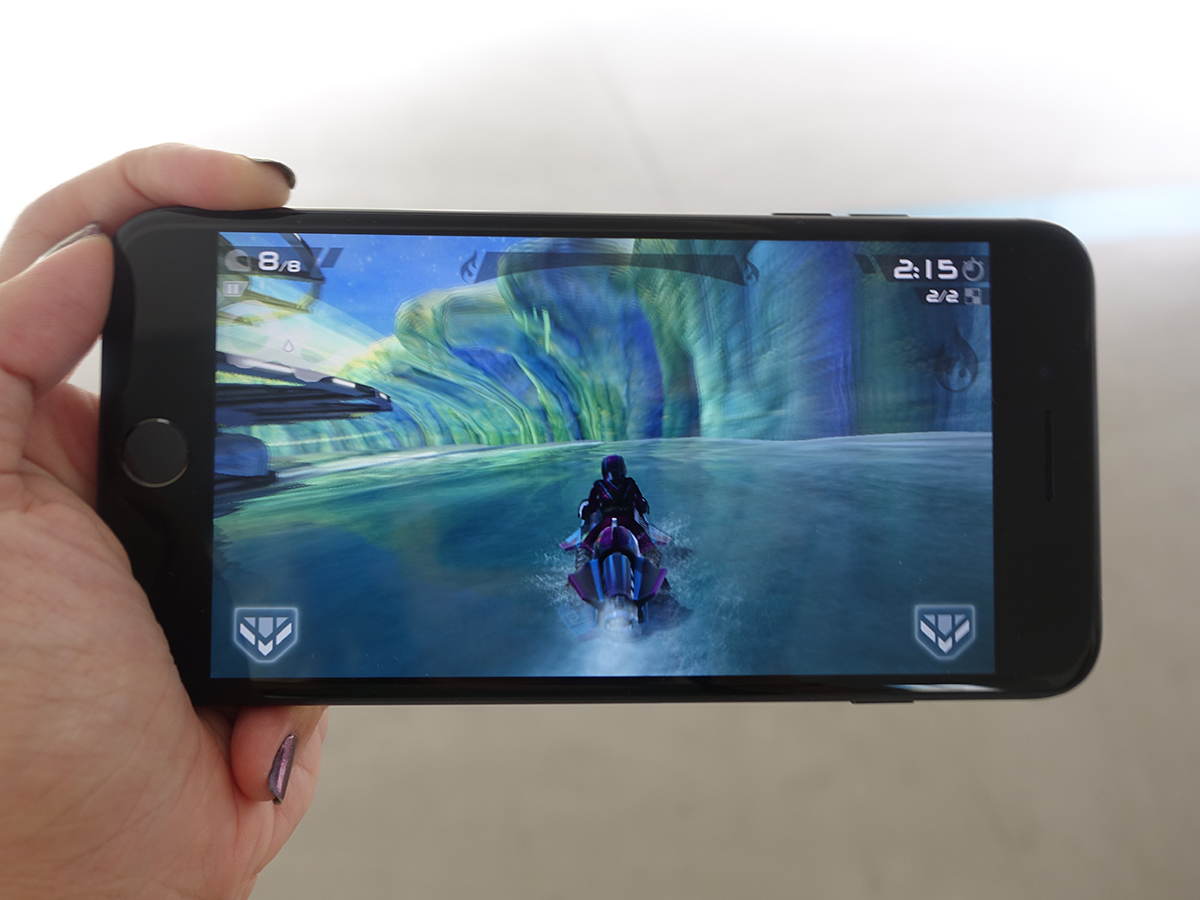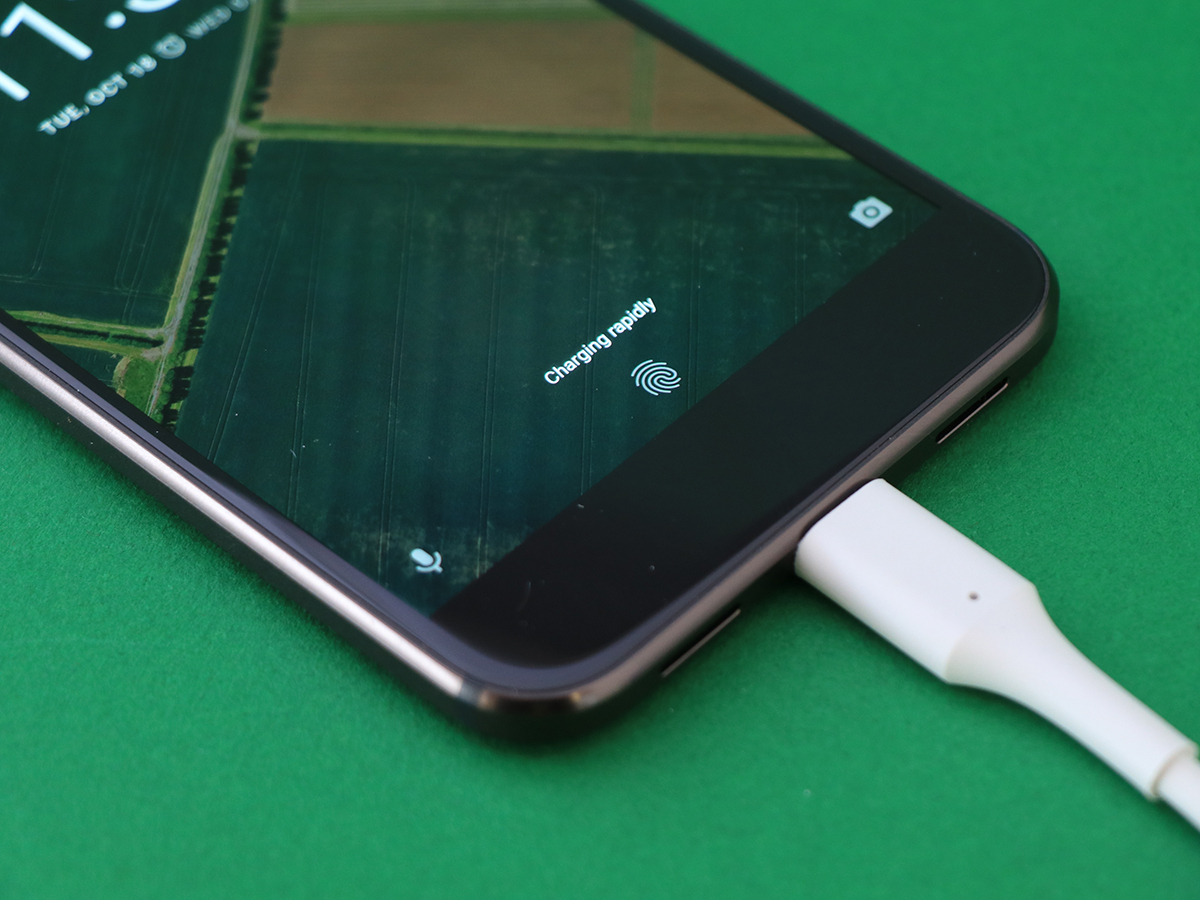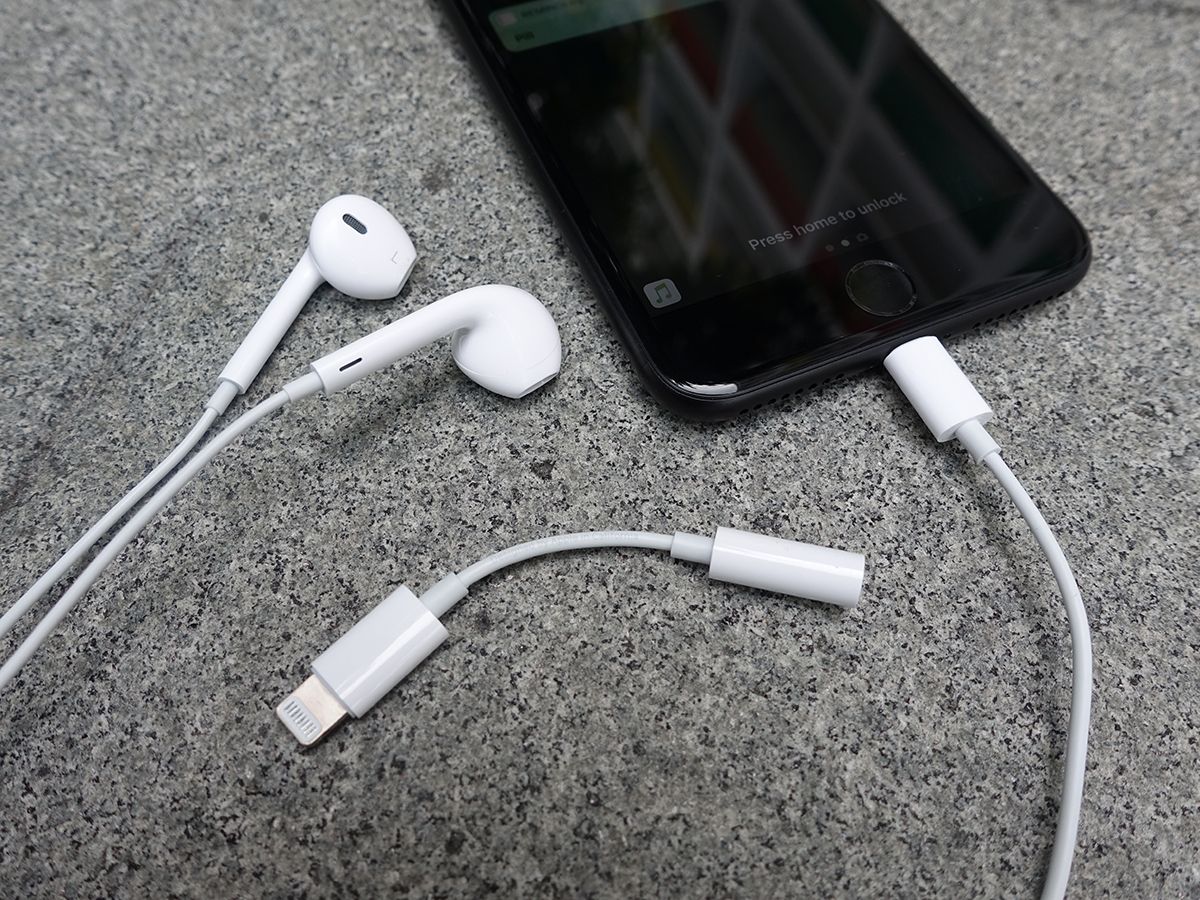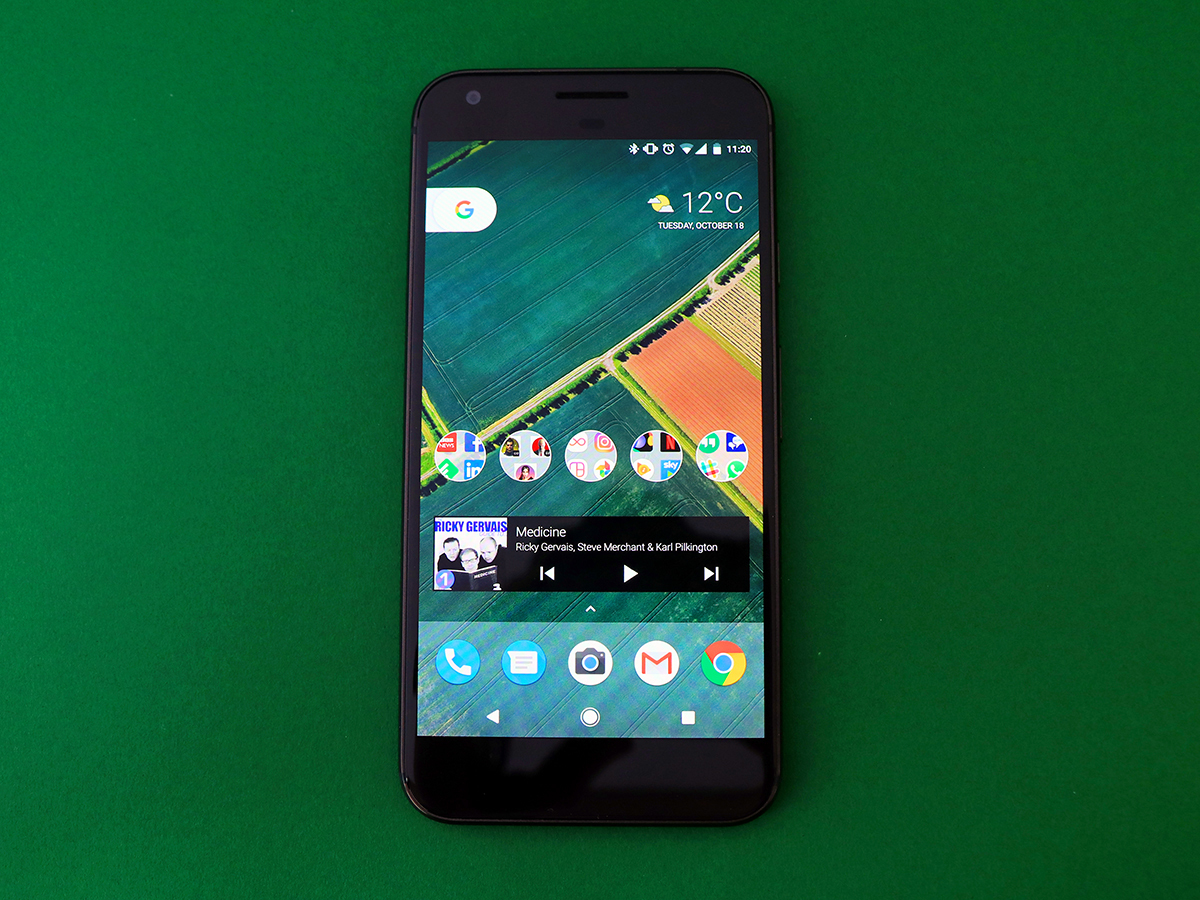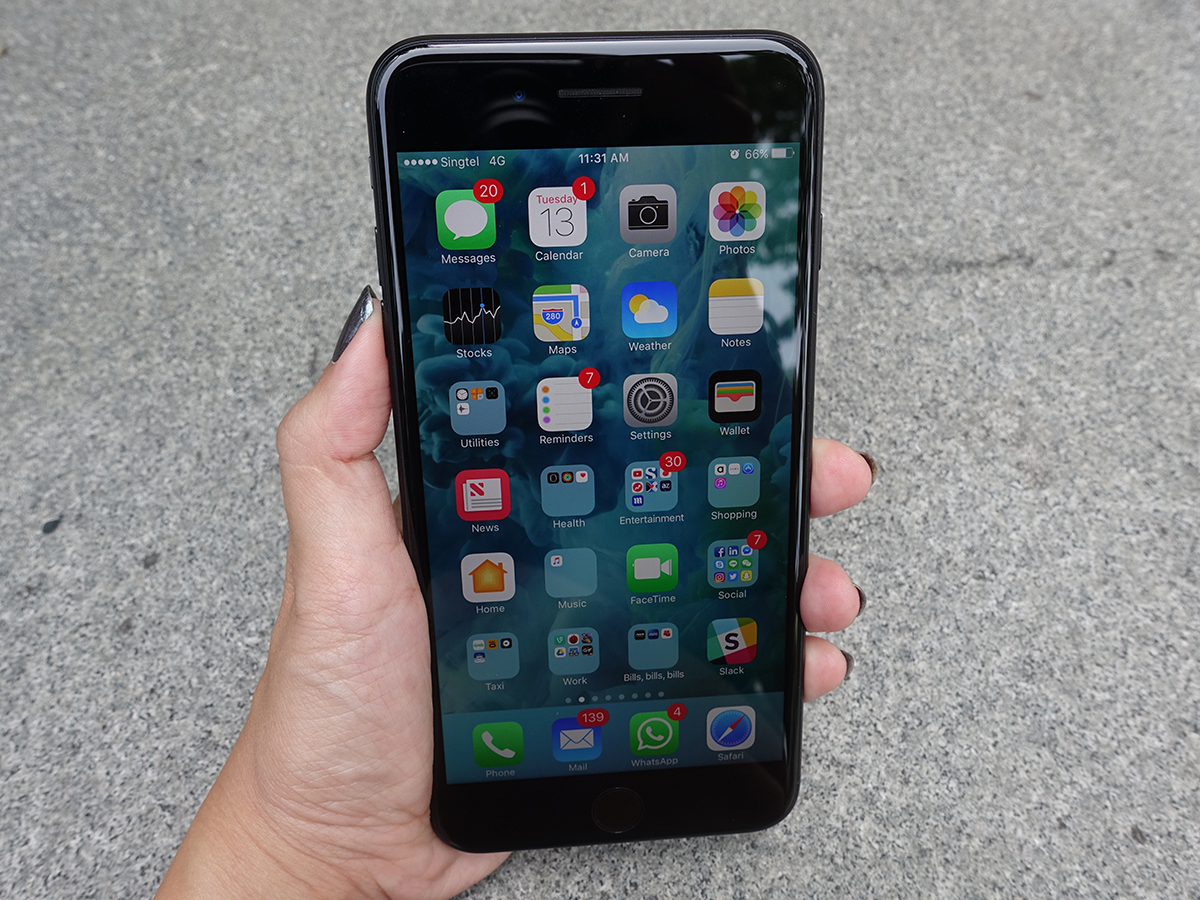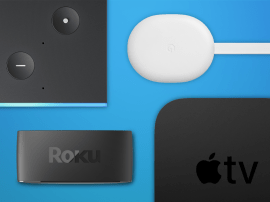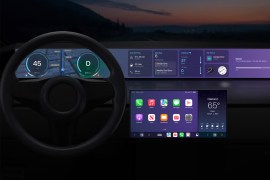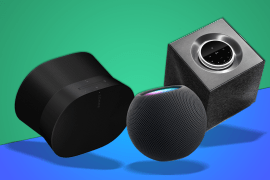Google Pixel XL vs Apple iPhone 7 Plus
Today's big, glossy flagships battle it out
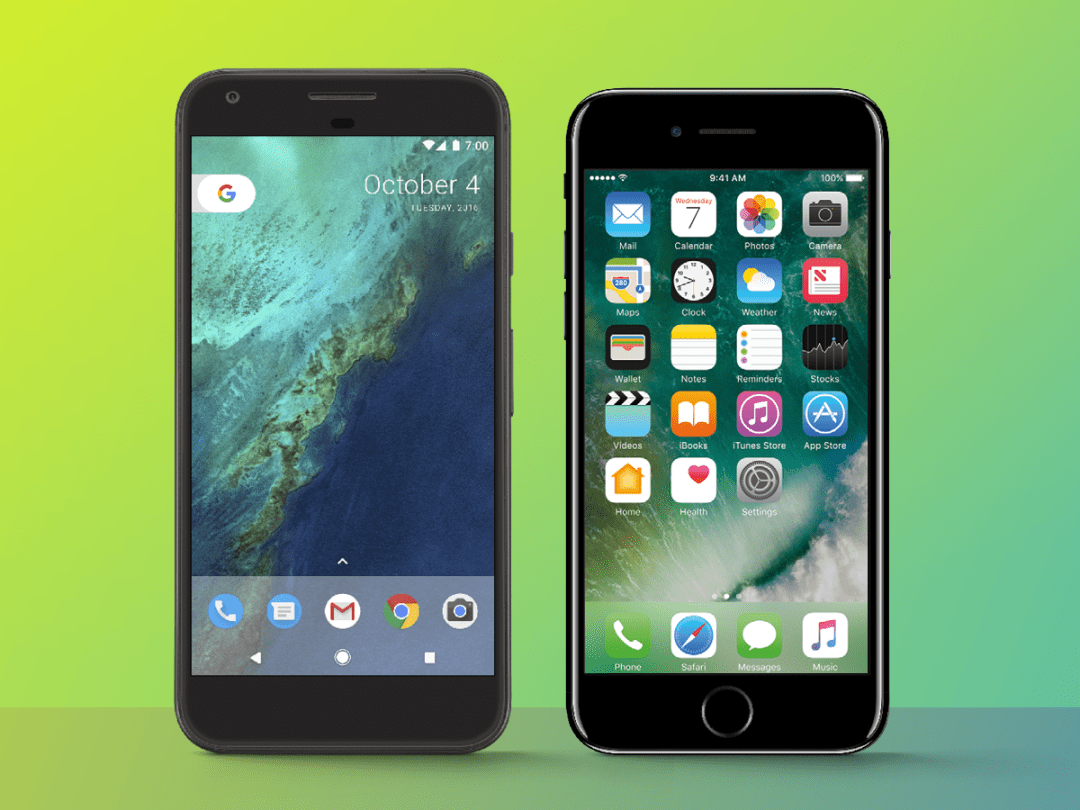
Now that Samsung’s initially-impressive Galaxy Note 7 has sheepishly skipped out of stores, following that whole thing with the exploding phones, you’ve got two headline options for a brand new and super-large superphone.
In one corner is Apple’s iPhone 7 Plus, a phone that looks much like last year’s (and the one before), but packs a punch thanks to its impressive new dual-camera setup and the serious power of the A10 Fusion processor. It’s a big, expensive phone, but also Apple’s best handset on the market today.
But in the other corner is Google, and the company’s Pixel XL is more or less Android’s best attempt to day to capture the allure of the iPhone. It’s just as big and expensive, but you get the benefits of stock Android alongside the same kind of top-shelf components seen in other flagship Androids today.
Is the Pixel XL a true contender against the iPhone 7 Plus, or just a glossy wannabe? Let’s run through the comparison, shall we?
Design: Two of a kind
The iPhone 7 Plus didn’t undergo the kind of aesthetic overhaul we expected, simply offering a couple new colours – the glossy Jet Black and nicely understated matte Black – while keeping the same, familiar form factor.
True, the antenna lines don’t run across the back anymore, which is an upgrade, plus the home button in front isn’t even a physical button anymore: haptic feedback simulates the sensation of pressing it. And there’s an unseen benefit, too, thanks to proper IP67 water resistance.
Meanwhile, the Pixel XL… sure looks a lot like an iPhone. The fingerprint sensor is on the back instead, but the general design from the front, sides, and bottom back seem like a clear attempt to recreate Apple’s popular approach.
We do see a key difference with the glass panel on the top of the back, which brings a neat two-tone tweak, but overall the look is a bit uninspiring, and the black/gunmetal grey and silver/white options aren’t all that exciting. Shame the bright blue version is only in the States.
Although similar in a lot of ways, we’ve got to give this one to Apple for being the originator here, having a more appealing set of colour options on offer, and bringing in water resistance that the Pixel XL can’t match.
Winner: Apple iPhone 7 Plus
Screen: Full vs Quad
This one’s easy: the Pixel XL has the obvious advantage thanks to its Quad HD (2560 x 1440) OLED panel, a striking screen that promises incredible crispness and deep blacks. It’s one of the best handheld screens we’ve seen in 2016.
Both devices have large 5.5in panels, and truth be told, the iPhone 7 Plus screen is also impressive – but it falls a bit short in the head-to-head matchup. That’s because it’s a Full HD (1920 x 1080) LCD screen instead, which means it not only packs in fewer pixels but it’s also not as eye-catching as an OLED screen.
Either way, you ought to be impressed by the screen in front of you, but the Pixel XL is the better of the bunch. And that’s especially helpful when it comes to Daydream VR usage, too.
Winner: Google Pixel XL
Camera: Can’t go wrong
The dual-camera array of the iPhone 7 Plus provides arguably the largest incentive to buy the Plus over the standard iPhone 7, and it has some neat tricks. With two 12-megapixel back camera lenses, you can switch focal points with a tap, providing optical zoom and improved digital zoom.
Meanwhile, the newly-added (via iOS 10.1) Portrait mode dazzles with close-range human shots, providing DSLR-like results with subtly blurred backdrops and the ability to capture bokeh effects. The iPhone 7 Plus puts up a strong fight against the Samsung Galaxy S7, which has been our favourite smartphone camera since the spring.
But what about the Pixel XL? At its debut, Google claimed that it had the best smartphone camera on the market, thanks to an assist from camera analysis site DxOMark, although the site still hasn’t reviewed the iPhone 7 Plus. No matter: we’ve used both devices extensively, and have our own informed thoughts to share.
The Pixel XL impresses with its auto HDR+ mode, providing brilliant outdoor exposure and sharp colours especially, and that’s even without optical image stabilisation (which the iPhone has). Google’s back camera also benefits from seriously stellar electronic image stabilisation on video, helping to trim out judder without needing a full-fledged gimbal.
With the right light, the Pixel XL can best the iPhone 7 Plus by a hair; but without those ideal situations, the Pixel can occasionally run into image quality issues. But so can the iPhone 7 Plus.
Preference between the two cameras varies within our own staff, so our official verdict is that it’s too close to call. These might be the two best phone cameras today, and in either case, you shouldn’t be disappointed at all.
Winner: Draw
Power: Fusion force
If you put the Pixel XL and iPhone 7 Plus in a side-by-side gauntlet of comparable app usage and common tasks, we doubt you’d see enough of a difference to sway this comparison either way.
Both have top-of-the-line processors and a nice chunk of RAM (3GB in the iPhone and 4GB in the Pixel), not to mention refined stock operating systems, and both can handle just about any app, game, or media need you throw their way. They’re the best of the best.
But when we turn to benchmark testing, we see an advantage with Apple’s bespoke A10 Fusion processor, which notches about a 25% higher multicore score than the Snapdragon 821 in Geekbench 4. That extra power is sure to come in handy down the line as more developers learn to harness the hardware, so we’re giving the slight edge to Apple here.
Winner: Apple iPhone 7 Plus
Also Read › The best Google Pixel and Google Pixel XL deals
Battery, Storage, and Connectivity: Pixel’s packed
The Pixel XL has a relatively beefy 3,450mAh battery pack inside, while the iPhone 7 Plus aims smaller with its 2,900mAh pack. However, the Pixel doesn’t deliver significantly longer lifespans: it’s powering a higher-resolution screen, plus iOS is typically a rather efficient operating system, so the results aren’t far apart.
However, the Pixel gets the edge with fast charging capabilities, which let you add about seven hours of extra life in just 15 minutes. That’s a big perk that Apple still hasn’t embraced. Both lack wireless charging capabilities, however.
When it comes to storage, the two are very evenly matched: you’ll get 32GB with the base model, while an extra £100 bumps it up to 128GB. You can go a step further with the iPhone for another £100 and snag 256GB total internal storage, but no luck with the Pixel XL.
As we’ve all heard over and over again, the iPhone 7 Plus lacks a traditional 3.5mm headphone port, which Google thankfully kept intact for the Pixel XL. And the Pixel also brings compatibility with the new Daydream View VR headset, which is a bonus we’re excited to full investigate when the viewers ship next week. Couple nice benefits for Pixel XL owners, here, we reckon.
Winner: Google Pixel XL
Operating system: Strong choices
Chances are you’ve already made a choice about your allegiance to Android or iOS, and it has painted your decision on which handset you want in your pocket. If you’re already secure in that selection, then we might not be able to sway you.
But that’s OK: because honestly, we think both are stellar mobile operating systems, and neither is dramatically better or worse than the other. They’re different in some key ways, and each has its own benefits and perks, but they also do a lot of the same core things.
We love iOS 10 for the consistent emphasis on streamlined simplicity, yet recent versions have shown more of a willingness to open up and allow connections between apps and services. It looks great and runs impeccably well, and 3D Touch pressure sensitivity is a handy feature. Also, iOS has the much better app and game ecosystem.
Meanwhile, Android remains a favorite for its greater customisation, and the Pixel Launcher is a sharp improvement over the stock Android approach. Otherwise, having Android 7.1 Nougat on the Pixel XL is appealing indeed, even if the new Google Assistant isn’t quite the Siri-slayer we’d hoped for. It could get there over time, however.
Both are great picks. If you fancy yourself a power user, you might get more out of Android. On the other hand, if you want something that’s a bit simpler and gets more great apps and games (and sooner too), then iOS is a better destination.
Winner: Draw
Also Read › Apple iPhone 7 Plus review
Verdict: Preferred Plus
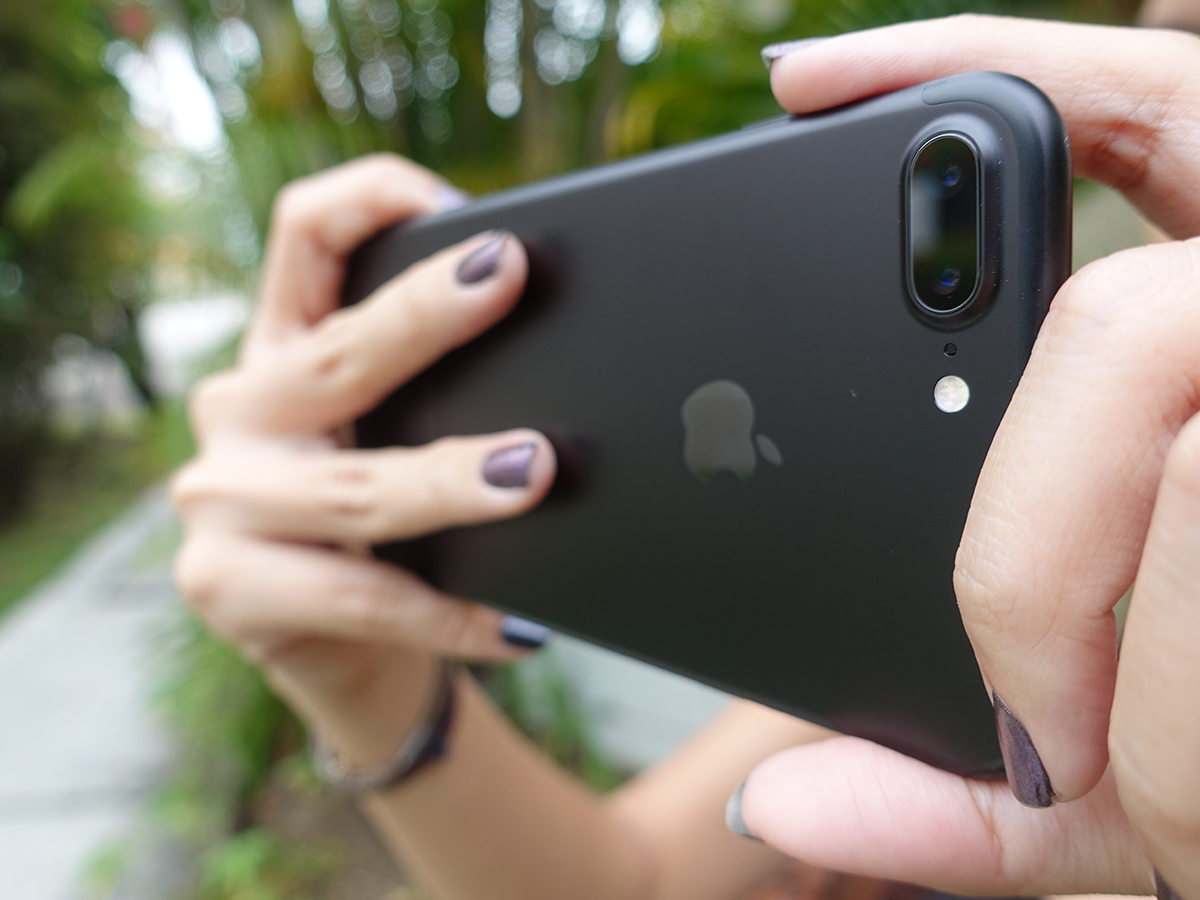
Google’s Pixel XL matches most of its Android contemporaries on specs but uses the iPhone as its visual inspiration, yet it doesn’t make as strong of an impression in either case. You’ll get better perks and design with some other Android options, and often for less money, as well.
And compared to the iPhone 7 Plus, the Pixel XL can’t help but feel like a lacking facsimile. It has better hardware or features in a couple categories, such as the crisper screen and fast-charging battery, but lacks the iPhone’s high-end allure. Frankly, if we’re spending this much money for a 5.5in flagship, we want the complete package, and that comes with Apple’s iPhone 7 Plus.
The Pixel XL is almost as good as the larger iPhone, but it needs to be markedly better to steal away Apple’s thunder in this matchup. This is a strong starting point, however, and we’re looking forward to the next big Pixel (and the iPhone 8 Plus, too, for that matter). But for now, we’d rather wield the iPhone 7 Plus.
Overall Winner: Apple iPhone 7 Plus
